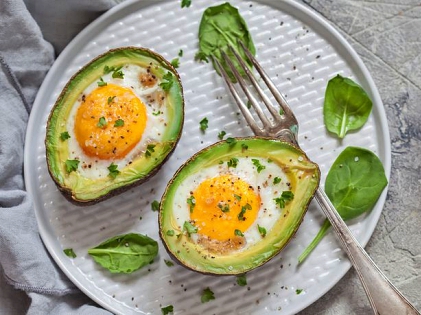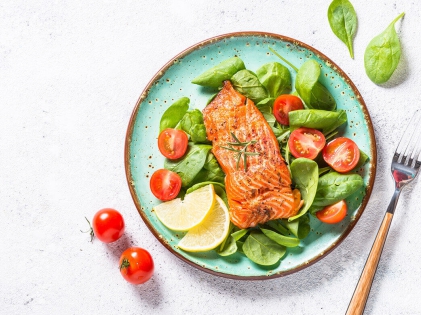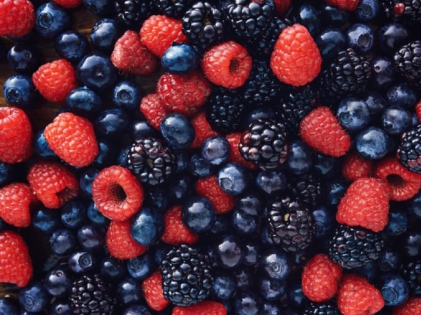The health and fitness industry constantly and consistently introduces a plethora of tips, tricks, and diets to help people achieve their body and fitness goals. From straightforward and simple diets to the most bizarre ones, you have a variety of options to choose from, one of which is the ketogenic (or keto) diet.
What is the ketogenic diet?
The keto diet shares several similarities to the paleo, south beach, and Atkins diets. However, instead of centering on protein-rich food, the keto diet focuses on incorporating fat and low carbohydrate food items and ingredients into your meals. However, it wasn’t always directed for people who wished to lose weight. In fact, this type of diet is primarily followed by children who suffer from epileptic seizures — the keto diet aids in decreasing the frequency of these episodes.
How does it work?
 The keto diet is arguably one of the most straightforward fad diets these days. And it requires you to change your body’s source of fuel. Instead of carbohydrates which can be derived from sugar (glucose), the keto diet replaces this element with ketone bodies which are water-soluble molecules produced by the liver from stored fat, thus providing you with the fuel you need to go on about your day.
The keto diet is arguably one of the most straightforward fad diets these days. And it requires you to change your body’s source of fuel. Instead of carbohydrates which can be derived from sugar (glucose), the keto diet replaces this element with ketone bodies which are water-soluble molecules produced by the liver from stored fat, thus providing you with the fuel you need to go on about your day.
However, the process through which the liver undergoes to produce ketones isn’t straightforward at all. You will have to deprive yourself of carbohydrates, keeping in mind to only consume 20 to 50 grams per day. To give you a clue on how small of an amount that is, a regular banana has approximately 27 grams of carbs. Aside from this, you would have to wait for three days before your body is finally in a state of ketosis, and you would have to control your protein intake because too much will interfere the process of ketosis.
What food can you eat?
 As mentioned earlier, you should be consuming food that is rich in fat but low in carbohydrates. Food containing healthy unsaturated fats like avocados, tofu, and olive oil are allowed, but according to the specifications of the keto diet, food containing saturated fats should contain the bulk of your meal plan. Examples of this include butter, lard, and coconut oil.
As mentioned earlier, you should be consuming food that is rich in fat but low in carbohydrates. Food containing healthy unsaturated fats like avocados, tofu, and olive oil are allowed, but according to the specifications of the keto diet, food containing saturated fats should contain the bulk of your meal plan. Examples of this include butter, lard, and coconut oil.
Here are other types of food that you can eat, following the keto diet:
a. Seafood
As you have probably been told numerous times, certain seafood contains high levels of omega-3 fat. Such examples include salmon, sardines, and mackerel. Regarding carbohydrate content, seafood has little to no carbs — for instance, shrimps and certain crabs contain zero carbs while mussels and squid have 7 and 3 grams per 3.5 ounces respectively.
b. Cheese
 Cheese lovers rejoice! You can start losing weight through a keto diet and still enjoy nibbling on your favorite cheese. Cheese contains high levels of saturated fat and low in carbs. What’s surprising is the fact that you shouldn’t even be worried about increased risks of heart disease by eating a lot of cheese for this diet — some studies have shown that eating cheese actually helps prevent heart disease!
Cheese lovers rejoice! You can start losing weight through a keto diet and still enjoy nibbling on your favorite cheese. Cheese contains high levels of saturated fat and low in carbs. What’s surprising is the fact that you shouldn’t even be worried about increased risks of heart disease by eating a lot of cheese for this diet — some studies have shown that eating cheese actually helps prevent heart disease!
c. Meat and Poultry
These food items are constants in a keto diet as they have zero carbohydrate content and are great sources of protein (although you should also watch your intake while following this diet) which help to properly maintain your body’s muscle mass. Meat and poultry also contain B vitamins, potassium, selenium, and zinc.
d. Berries
 You can’t include too many fruits in your keto diet due to their high carbohydrate content. But berries are a wonderful exception — these delicious fruits are high in fiber as well as antioxidants yet low in carbs! Berries provide 5 to 12 grams of net carbs per 3.5-ounce servings, with blackberries coming at 5 grams and blueberries having 12 grams.
You can’t include too many fruits in your keto diet due to their high carbohydrate content. But berries are a wonderful exception — these delicious fruits are high in fiber as well as antioxidants yet low in carbs! Berries provide 5 to 12 grams of net carbs per 3.5-ounce servings, with blackberries coming at 5 grams and blueberries having 12 grams.
Are there any health risks?
As with a majority of fad diets, the ketogenic diet comes with its own health risks and discomforts. For one, you might start experiencing sleep loss, constipation, nausea, headaches, fatigue, and irritability, among other symptoms. While these are merely temporary, you will be putting your body through a lot, most especially carbohydrate deprivation. In this state, you should drink a lot of water to alleviate the side effects.
So, are you interested to try out the ketogenic diet? If yes, remember to slowly ease your way into the diet instead of making drastic changes. But more importantly, consult your doctor first!
